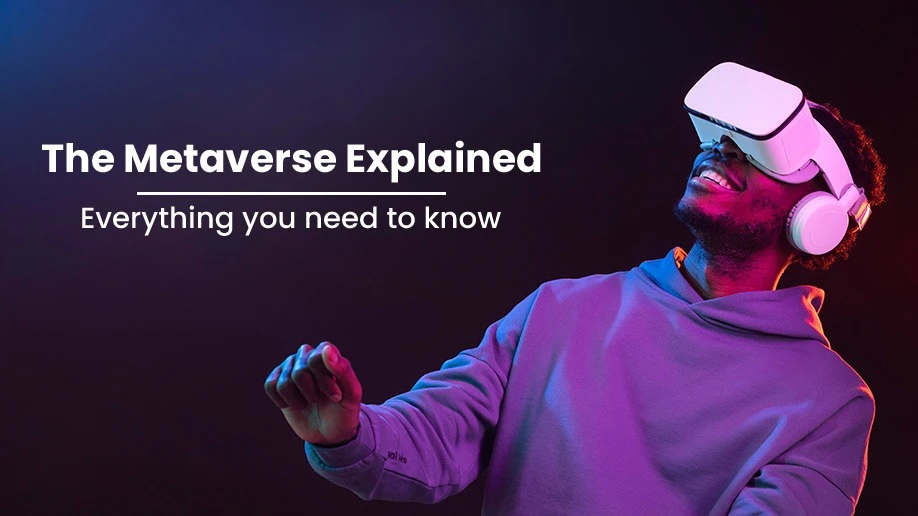As the digital and physical worlds continue to merge, more people are beginning to realize the potential of a metaverse. A Metaverse is a term originally used in Neal Stephenson’s 1992 science fiction novel Snow Crash to describe a networked virtual world that exists entirely in cyberspace. Many believe that the Metaverse will eventually become our primary mode of interaction with the digital world. With improvements in technology and the decreasing cost of VR gear, it’s only a matter of time before the majority of our lives move into this virtual space.
Making a Difference
Some experts even predict that we will one day see entire governments, economies, and social systems operating within the Metaverse. It will be constantly evolving, offering new ways to experience the world around us. There’s no telling what the metaverse will ultimately become, but one thing is for sure: it’s going to change the future of everything. Many companies are already working on developing metaverse technology. For example, Facebook has filed for several metaverse-related patents, and its Oculus division is working on developing virtual reality technology. In addition, several other companies are working on developing artificial intelligence that can be used in the metaverse. As these technologies continue to develop, it is likely that the metaverse will become a more ubiquitous part of our lives.
Metaverse is likely to become much more crowded as more people begin to spend time in online worlds. This could lead to the development of new systems for managing metaverse traffic and congestion. It is likely that metaverse patents will become increasingly valuable as companies seek to protect their intellectual property in this rapidly growing market.
Future of the Metaverse:
As the concept of Metaverse begins to incorporate Web 3.0 technology, driven by blockchain technologies such as Cryptos and NFTs, the future of the Metaverse would be very similar to the real world in several aspects and could gradually replace real-world activities.
Over the next few years, the metaverse is clearly manifesting itself primarily through virtual reality – an alternative, virtual world that can be used for a variety of personal and enterprise purposes. Recent high-profile announcements by Meta Platforms (formerly Facebook), Microsoft, and Sony, all indicate that headsets like Meta Quest or Sony PSVR will offer choices to navigate interactive and social 3D environments. As of now the most extreme vision for the metaverse involves brain-computer interfaces (BCIs). BCIs aim to replace screens and physical hardware entirely. Technology such as Neuralink requires neurosurgery to implant devices in the brain, an idea that simultaneously intrigues and discourages many potential consumers.
Moreover, the rapid increase in the number of NFT users also recognize the investment prospects in virtual lands on games by selling and renting them for a lucrative rate. The future of the Metaverse could also be an essential contributing factor toward the exponential growth of the virtual economy, a domain that substantially depends on virtual worlds and video games where interruptions are minimal.
Technologies involved in building metaverse:
The metaverse is a complex virtual environment that depends on several distinct layers. Besides hardware, software and infrastructure also play an important role too. Following elements are involved:
Infrastructure – Connectivity technologies like 5G, Wi-Fi, cloud and GPUs
Hardware – VR headsets, AR glasses and mobile devices
Spatial computing – 3D visualization and modelling frameworks
Creator economy – Designing tools, digital assets and e-commerce establishments
Software – Blockchain, artificial intelligence, edge computing, mixed reality (MR) mobile applications, etc.
Immersive 3D environments require a lot of computing power to generate quality results. Also, security is another major concern associated with the adoption of the metaverse.
In conclusion, it is evident that the metaverse will have a profound effect on not only the online world but also society as a whole. It has already begun to change how we interact with others and will continue to do so in the future. As more people enter the metaverse, the impact on society will be even greater. We are still in its early stages, and there is no telling what else it may bring about.







